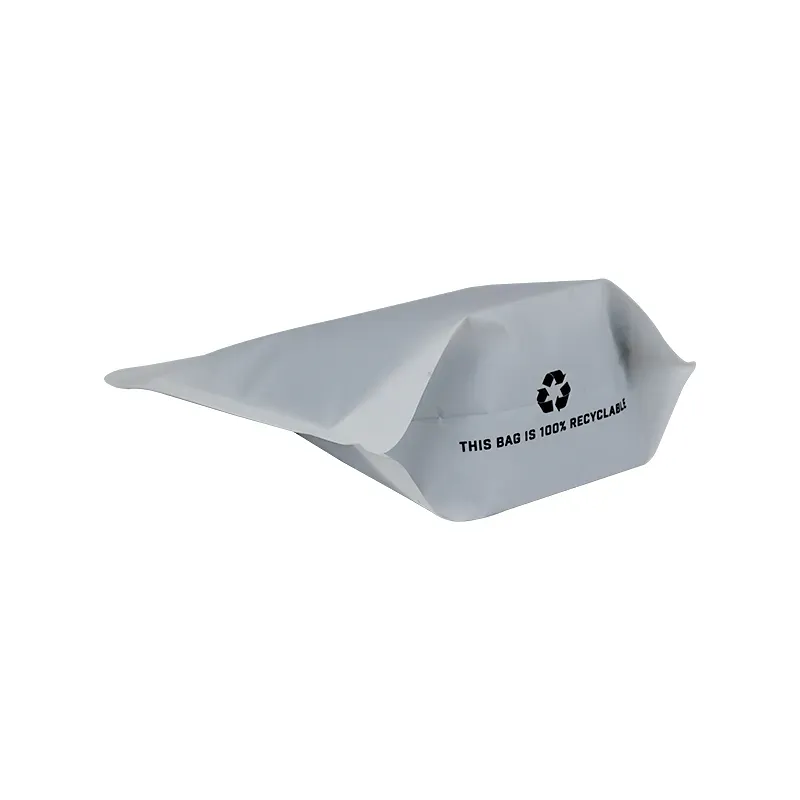- Afrikaans
- Albanian
- Amharic
- Arabic
- Armenian
- Azerbaijani
- Basque
- Belarusian
- Bengali
- Bosnian
- Bulgarian
- Catalan
- Cebuano
- chinese_simplified
- chinese_traditional
- Corsican
- Croatian
- Czech
- Danish
- Dutch
- English
- Esperanto
- Estonian
- Finnish
- French
- Frisian
- Galician
- Georgian
- German
- Greek
- Gujarati
- haitian_creole
- hausa
- hawaiian
- Hebrew
- Hindi
- Miao
- Hungarian
- Icelandic
- igbo
- Indonesian
- irish
- Italian
- Japanese
- Javanese
- Kannada
- kazakh
- Khmer
- Rwandese
- Korean
- Kurdish
- Kyrgyz
- Lao
- Latin
- Latvian
- Lithuanian
- Luxembourgish
- Macedonian
- Malgashi
- Malay
- Malayalam
- Maltese
- Maori
- Marathi
- Mongolian
- Myanmar
- Nepali
- Norwegian
- Norwegian
- Occitan
- Pashto
- Persian
- Polish
- Portuguese
- Punjabi
- Romanian
- Russian
- Samoan
- scottish-gaelic
- Serbian
- Sesotho
- Shona
- Sindhi
- Sinhala
- Slovak
- Slovenian
- Somali
- Spanish
- Sundanese
- Swahili
- Swedish
- Tagalog
- Tajik
- Tamil
- Tatar
- Telugu
- Thai
- Turkish
- Turkmen
- Ukrainian
- Urdu
- Uighur
- Uzbek
- Vietnamese
- Welsh
- Bantu
- Yiddish
- Yoruba
- Zulu
Effective Containers for Long-Term Food Storage and Emergency Preparedness Solutions
Survival Food Storage Containers Essential for Long-Term Preparedness
In a world where uncertainties abound, having a well-thought-out survival plan is crucial. One of the cornerstones of any preparedness strategy is proper food storage, particularly when it comes to long-term survival scenarios. Survival food storage containers are an essential component of this plan, ensuring that your food supplies remain safe, fresh, and viable for extended periods. In this article, we will explore the importance of these containers, their types, and tips for effective storage.
The Importance of Food Storage
When preparing for emergencies—be it natural disasters, economic downturns, or even global pandemics—having a reliable food supply can not only provide physical sustenance but also mental assurance. The last thing you want during a crisis is to worry about food spoilage. This is where the right storage containers come into play.
Types of Survival Food Storage Containers
1. Plastic Containers BPA-free plastic containers are lightweight, durable, and often come with airtight seals. They offer an excellent barrier against moisture and pests. Look for containers that are designed specifically for food storage, as they are made to withstand the rigors of long-term use.
2. Mylar Bags Mylar is a highly reflective material that helps in preserving food by blocking light, moisture, and oxygen. When paired with oxygen absorbers, Mylar bags can keep dry foods like rice, beans, and grains fresh for years. They are particularly popular for bulk food storage due to their space-saving properties.
3. Glass Jars Glass jars with airtight lids, such as mason jars, are perfect for storing smaller quantities of food. They’re non-toxic, reusable, and don’t leach chemicals into the contents. Glass jars also provide an excellent visual overview of your stock.
4. Metal Cans While many canned goods come pre-packaged in metal cans, you can also invest in empty, sealable metal canisters for long-term storage of dry goods. They must be used correctly to avoid rust and should be sealed tightly to prevent contamination.
survival food storage containers

5. Food-Safe Buckets Five-gallon food-grade buckets are ideal for storing large quantities of grains, flour, and other staples. Ensure that the lids are airtight to keep pests and moisture out. Adding oxygen absorbers can help extend the shelf life of the contents significantly.
Tips for Effective Food Storage
1. Choose the Right Location Store your containers in a cool, dark, and dry place. Temperature fluctuations can significantly affect the shelf life of your food. Avoid areas with high humidity or exposure to sunlight.
2. Label and Date Keep track of what you have stored and when it was sealed. Label each container with its contents and the date to ensure you rotate your supplies and use older items first.
3. Practice Food Rotation Use a “first in, first out” (FIFO) approach to manage your food supply. This involves using the older items before the newer ones to minimize spoilage and waste.
4. Invest in Quality While budget-friendly options are tempting, investing in quality storage containers pays off in the long run. Durable, reliable containers will protect your food better and last for many years.
5. Store a Variety of Foods Ensure that your food storage includes a variety of sources, including grains, proteins, fruits, and vegetables. A balanced diet is essential for maintaining health during extended emergencies.
Conclusion
Survival food storage containers are indispensable for anyone serious about long-term preparedness. By choosing the right containers and following best practices for storage, you can safeguard your food supplies against spoilage, pests, and contamination. This not only ensures you have access to essential nutrition during emergencies but also provides peace of mind knowing that you are equipped to handle unexpected challenges. Start planning your survival storage today and take an important step towards securing your future.













